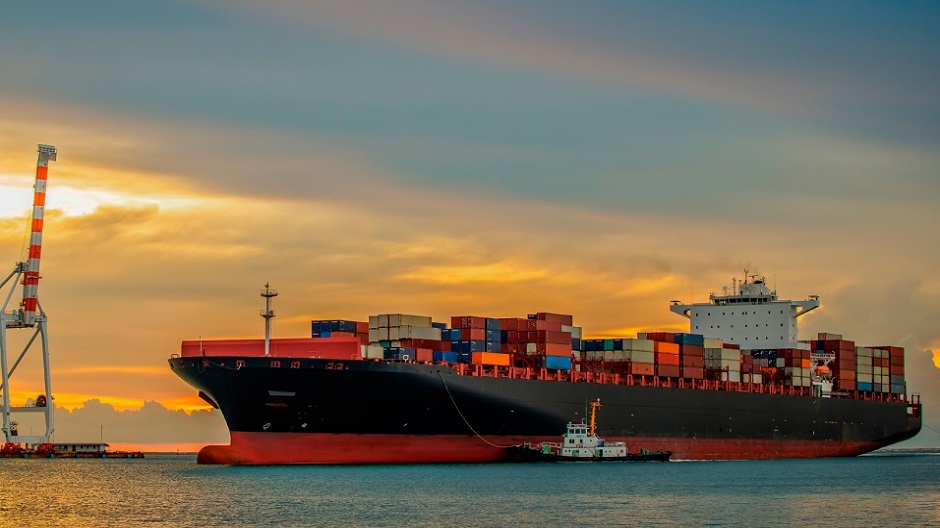If Wall Street can do that CPC will give Wall Street more share in growing Chinese economy which has already become the engine of global supply and is set to become the engine of global demand. Wall Street knows if it cannot tame in Pentagon and China hawks, China will have to rely even more on state enterprises for economic growth which will further erode Wall Street power in the global economy.
Players and their Interests
Communist Party of China (CPC)
The CPC wants to move ahead with state-owned enterprises led demand generating investments in China and abroad. CPC is following this course since the 2008 financial crisis. This is because US market since the crisis is failing to generate enough demand for Chinese industries. This is clear from the fact that the US current account deficit fell from 4.6% in 2007 to 2.3% in 2017. Between 2000 and 2007 average US current account deficit was 4.9%. Between 2008 and 2017 it has fallen to 2.5%. Thus CPC has to generate enough demand through strong state enterprise led investments which are often non-profit making with gestation period. Since 2013, CPC has epitomized Belt Road Initiative (BRI) which is about globalizing the state enterprise led demand generation model. It is said that CPC also has geopolitical designs through BRI.
Wall Street
Since the late 1970s, Wall Street led financial capitalism emerged in the US where geopolitical influence is used to make US dollar reserve currency across the globe and through reserve currency status huge amount of cheap credits are channelled into US asset market. Using these credits, US asset prices are inflated and thus asset trading becomes profitable. To get rid of economic stagnation of the early 1970s the US capitalists found profit-making investment in asset trading business. Thus the US specialized in unproductive speculative yet highly profitable asset trading business while productive manufacturing sector gradually went to cheap labour based Third World countries especially China.
Since 1the 980s, China started to grow economically by exporting to the US as profits from asset trading generate huge consumption demand in the US. After the 2008 financial crisis, Chinese GDP became too big to depend on the US market. China under CPC began its own state enterprise investment led BRI model posing threat to Wall Street-centric global economy. CPC even created Asian Infrastructure Investment Bank (AIIB) and New Development Bank (NDB) to counter USA alias Wall Street dominated IMF and World Bank. Wall Street understood that the global economy is going out of control.
Pentagon
The US geopolitical influence and hence Wall Street led global economy to wrest on Pentagon’s military power. Pentagon with $900 billion annual budget and 900 military bases is stretched across the globe. Its 70% budget goes to pay salaries to military and non-military staffs. Though its budget is more than total sum of budgets of the next six economic powers including China and Russia, it was not enough to win in Afghanistan, Somalia, Iraq, Yemen. Even in shadow wars, it failed miserably in Syria against Russia-Iran alliance. Pentagon is proving to be ineffective in countering China in the South China Sea too. It is seeking alliance of other nations to counter China, Russia and Iran in their respective neighbourhood. This has resulted in the loss of many allies. Saudi Arab and Israel are not solely relying on the US to counter Iran any longer. They are seeking Chinese and Russian help for the purpose.
South Korea has started to build relationships with nuclear-armed North Korea without consulting the US. ASEAN countries clearly want to take no sides between China and the US. It has shown interest in signing a code of conduct agreement with China. India, Japan, Turkey also bargaining between US and China-Russia to maximize their own goals. But it must be mentioned Pentagon’s alliance with neighbours of Russia against the later has gained momentum with Poland, Ukraine accepting US troops and US military bases. Again this success has scared and angered Russia further for which it has formed the alliance with China and doing everything to make the US weakened further.
The U.S. Demand in Trade Talks
US demand is basically three:
-
China must allow more imports and reduce trade surplus.
-
China must make Intellectual Property Laws that allow US investors of the high tech sector in China to have more long-term fixed profits.
-
China must sacrifice its state enterprise led socialist economic model and accept private property rights above all based capitalist model.





